Plantas Venenosas - Compruebe qué Plantas de Interior Debe Evitar
Las plantas, aunque sean bonitas, no siempre son seguras para las personas o los animales. Muchas de las plantas de interior que aparecen en nuestros hogares son venenosas y hay que tener cuidado con ellas, sobre todo si hay niños pequeños. ¿Quiere proteger a su familia? Elimine las plantas venenosas peligrosas de su casa. Compruebe qué especies son especialmente tóxicas.
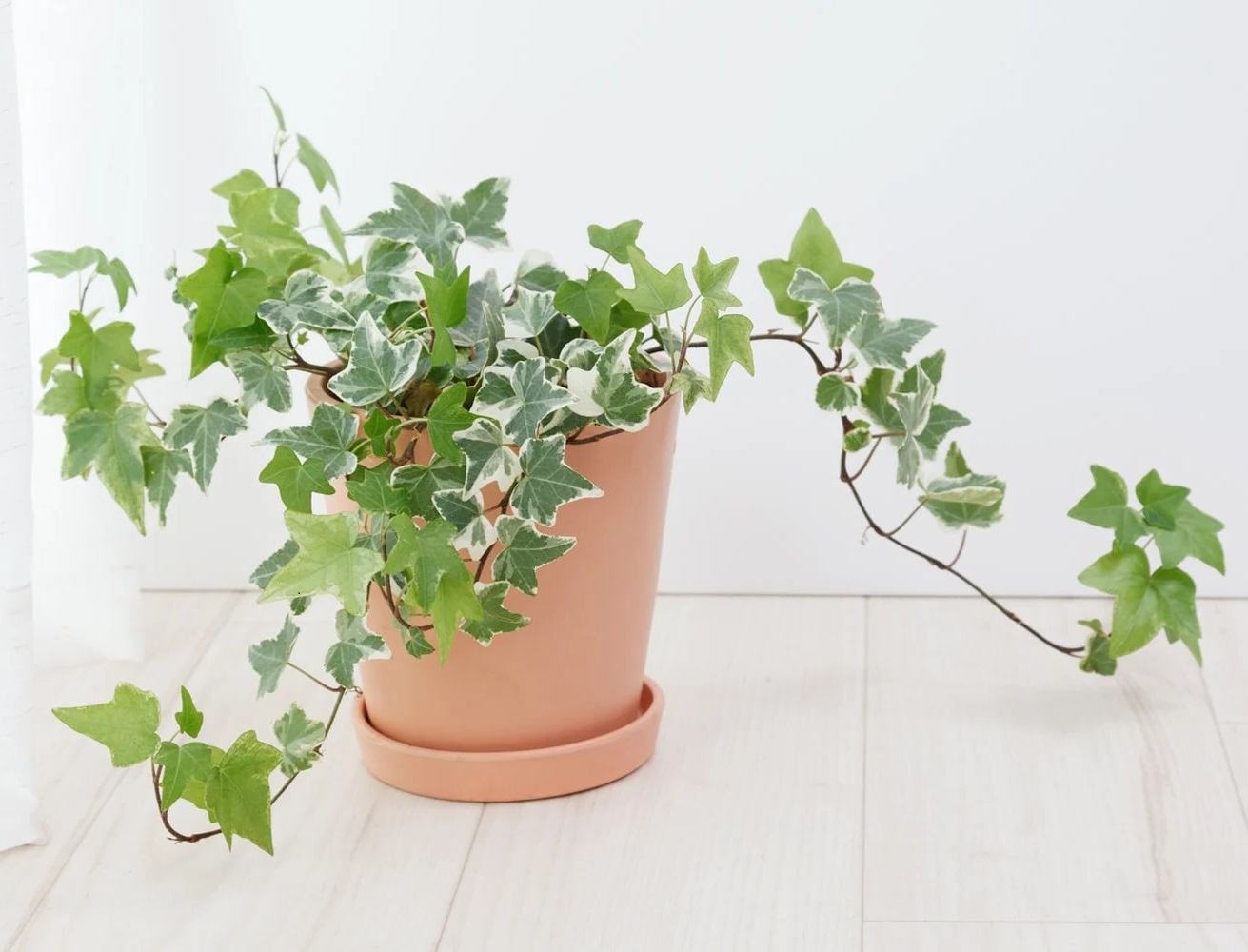
¿Qué hace que las plantas de interior sean venenosas?
Los interiores suelen estar llenos de diversas plantas de interior. Enriquecen el espacio y son un gran complemento. Pero ten mucho cuidado si las tienes, ya que algunas pueden ser tóxicas.
Las plantas venenosas suelen tener sustancias tóxicas en su savia, que pueden aparecer en toda la planta o sólo en sus partes, como el tallo o las hojas. El contacto con ellas, tanto si se trata de un humano como de un animal, puede provocar reacciones inesperadas. Su gravedad depende de la potencia de la toxina.
¿Cuáles son los posibles efectos de las plantas venenosas?
Un contacto con plantas domésticas tóxicas puede ser realmente peligroso, lo que no puede ignorarse. Las plantas menos peligrosas sólo causan irritación de la piel, de la que a veces es difícil deshacerse - en este caso, hay que consultar a un médico. **Pero las reacciones adversas pueden ser mucho más graves y adoptar la forma de
- diarrea,
- náuseas,
- problemas respiratorios,
- problemas cardíacos,
- convulsiones,
- alucinaciones,
- parálisis de las cuerdas vocales,
- coma.
Las plantas venenosas son especialmente peligrosas para los niños pequeños, así como para los animales. Un momento de distracción puede acabar siendo terrible.

¿Qué hacer si has tenido contacto con plantas de interior venenosas?
Si tienes algunas plantas venenosas en tu casa y no quieres deshacerte de ellas, asegúrate de colocarlas en un lugar seguro. Los animales y los niños pequeños no deben tener acceso a ellas. Las macetas altas son perfectas para este fin. También puedes colgarlas en la pared o ponerlas en un armario alto.
A veces, aunque hayas pensado en todo, los miembros de la familia que no son conscientes pueden entrar en contacto con una planta venenosa. ¿Qué hacer - si sospechas que ha tenido lugar? Todo depende de cómo haya ocurrido y de qué planta se trate. Si tienes dudas, no dudes en consultar a un médico.
En algunos casos, los síntomas preocupantes aparecen casi inmediatamente. Por ejemplo, pueden producirse palpitaciones o asfixia. En este caso, no esperes y llama a una ambulancia lo antes posible. Informe a los paramédicos sobre el motivo de la reacción: es crucial para el éxito del tratamiento.

Plantas venenosas para el ser humano
¿Tiene plantas tóxicas de interior en su casa? Tenga cuidado, ya que suponen una grave amenaza. Conozca sus peligros.
Lirio de la paz
Es una planta de interior común, gracias a sus propiedades para purificar el aire. Por desgracia, los lirios de la paz contienen oxalato de calcio. Esta sustancia es peligrosa sobre todo para los niños pequeños. Puede, por ejemplo, irritar la mucosa de la boca de los niños. A veces, también afecta al sistema respiratorio superior.
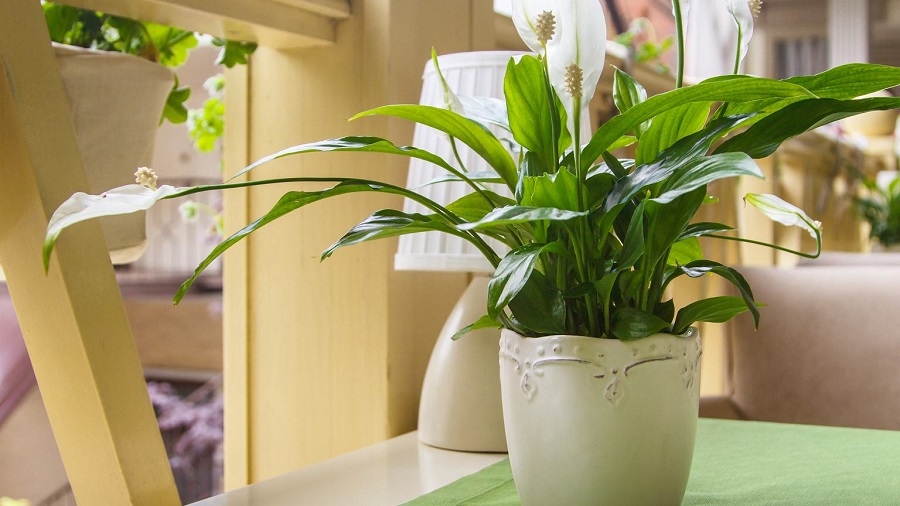
Poinsettia
Esta planta aparece en muchas casas durante la Navidad para sorprender con sus hermosas flores rojas. El contacto con una poinsettia puede acabar con una grave irritación de la piel. Un sarpullido molesto puede persistir durante mucho tiempo, y a veces requiere una consulta con un experto.

Hiedra en maceta
La hiedra es una planta llamativa que aparece en casas y jardines. Por desgracia, representa un grave peligro, sobre todo por las saponinas presentes en su jugo. Si entran en contacto con la piel, pueden causar una grave irritación. Pero ingerir incluso un trozo de hoja es la situación más amenazante. Puede causar toxemia alimentaria, fiebre y alucinaciones. En este caso, siempre hay que llamar a una ambulancia.
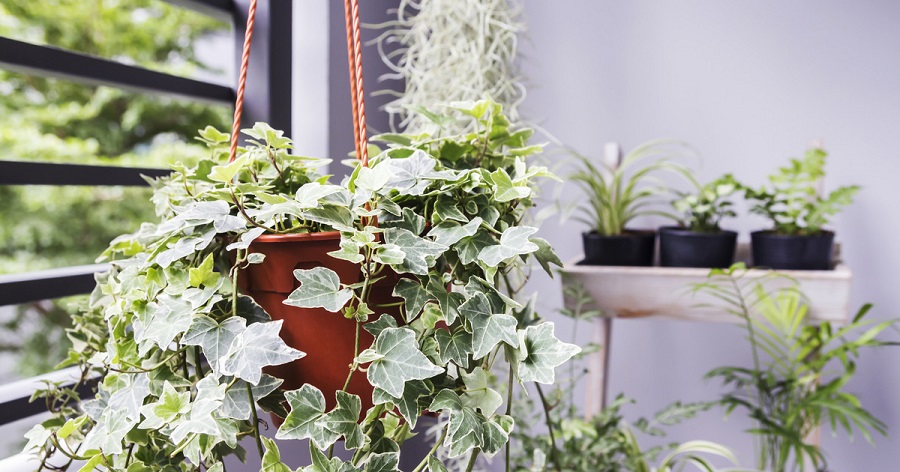
Anthurium
Esta planta no es tan popular como las anteriores. Pero, como se habrá notado, el anturio es cada vez más común cada año. Actualmente, aparece en los hogares de la gente con mucha más frecuencia que en el pasado. En este caso, sólo ciertas partes de la planta son tóxicas - son: Las hojas y los tallos. La savia que contienen contiene oxalato de calcio. Provoca irritación de la piel y, en contacto con los ojos, oftalmia. Si se ingiere una hoja o un tallo, puede causar inflamación de la boca y el esófago.
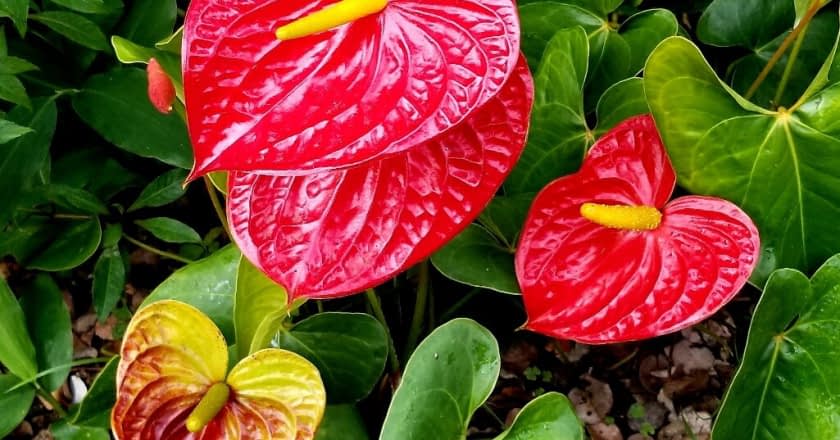
Plantas venenosas para los gatos
Algunas plantas de interior pueden ser venenosas no sólo para los humanos, sino también para los animales, por ejemplo, los gatos. Su reacción puede ser completamente diferente. Asegúrese de conocer ciertos síntomas, para poder reaccionar rápidamente en caso de una situación de peligro.
Dracaena
Es una planta ligeramente tóxica para los gatos, lo que no significa que no haya que tener cuidado. Un breve contacto con la savia de una dracaena podría provocar una salivación excesiva. La dilatación de las pupilas es otro síntoma fácil de detectar. En casos graves, puede producirse una toxemia alimentaria y vómitos de sangre. En este caso, hay que buscar inmediatamente la ayuda de un experto.
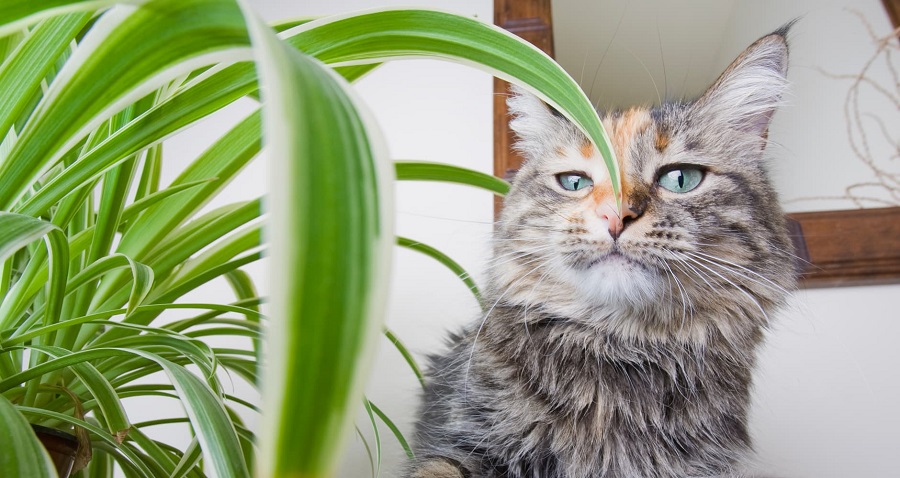
Clivia
Es una de las plantas más peligrosas, tanto para los humanos como para los gatos. ¿Cuáles son los síntomas tras un contacto con su savia? Lo más importante:
- diarrea,
- vómitos.
Pero eso no es todo. El hígado y los riñones se dañan si se ingiere la planta. La falta de reacción inmediata conduce a la muerte.
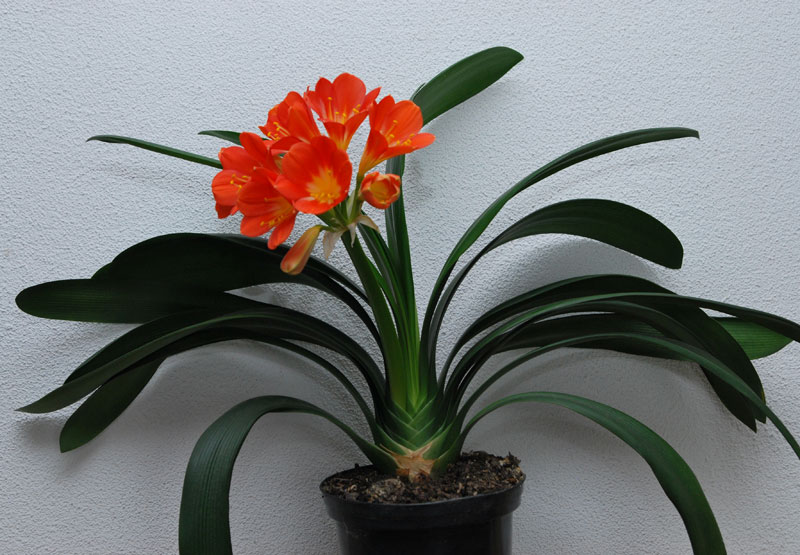
Aloe
Las plantas de aloe en maceta son perjudiciales para los gatos. Si un animal come un trozo de aloe, puede irritar sus intestinos y provocar vómitos. En casos graves, la mascota puede quedar paralizada temporalmente, lo que dificulta su movilidad. También pueden producirse convulsiones.

Tulipán
Las plantas de tulipán también son venenosas para los gatos. Independientemente de la parte de la planta ingerida por el animal, los síntomas típicos son:
- irritación del esófago,
- salivación excesiva,
- vómitos,
- diarrea,
- problemas respiratorios.
En este caso, asegúrese de consultar a un veterinario; la mayoría de los casos son afortunados y los gatos suelen sobrevivir a esta aventura.
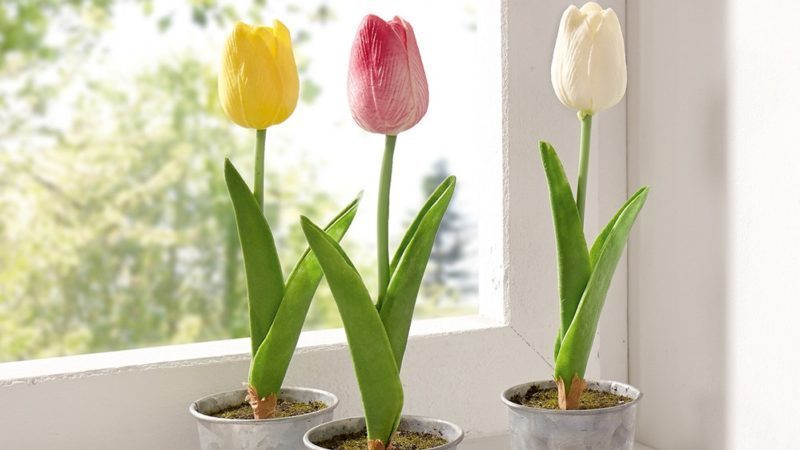
Plantas tóxicas para los perros
Las plantas de interior tóxicas para los perros pueden dividirse según la reacción que provocan: ligeramente peligrosas y altamente peligrosas. Algunas de ellas pueden ser la causa de la muerte del animal, por lo que hay que extremar las precauciones.
Geranio
El geranio es una planta característica que tiene un olor intenso - especialmente después de frotar sus hojas. Resulta que el aroma es el resultado de una sustancia llamada geraniol, una toxina peligrosa para los perros. Si entra en el organismo de la mascota, puede provocar falta de apetito y vómitos. Si esto ocurre, hay que buscar la ayuda de un experto.
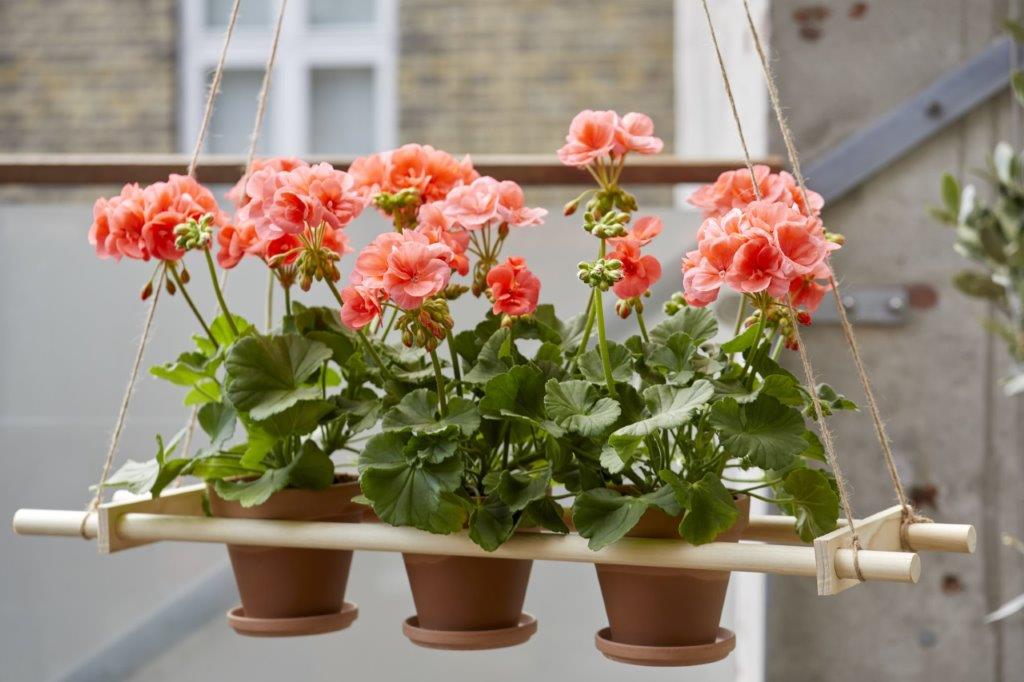
Yucca
Las plantas Yucca que aparecen en casas y jardines son especialmente amenazantes para los cachorros. Si comen esta planta, su organismo puede debilitarse, su estómago irritarse, y también pueden producirse vómitos. Consulte a un veterinario, aunque las yucas no son plantas venenosas que puedan causar problemas importantes.
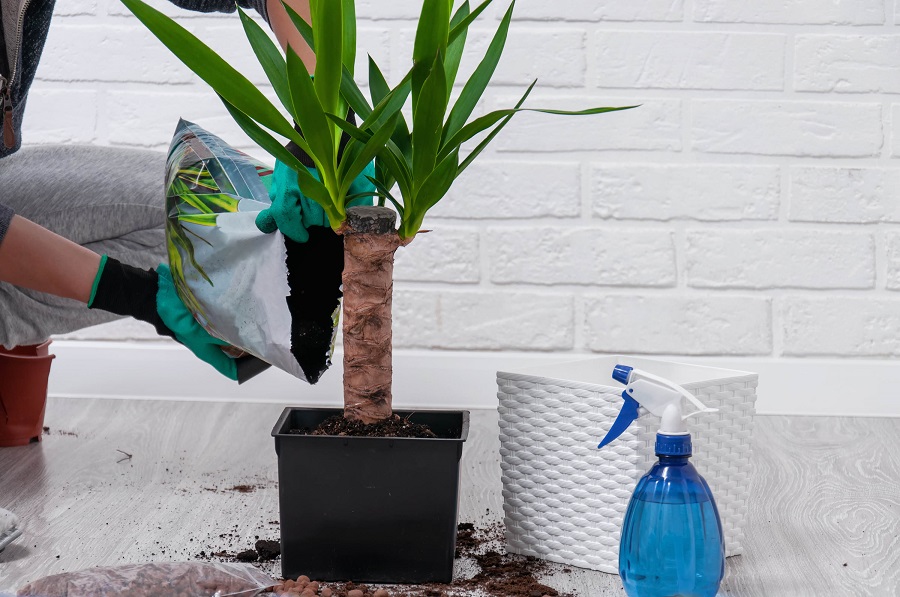
Monstera
La Monstera es una de las plantas de interior más populares desde hace mucho tiempo. Por desgracia, aunque enriquece un interior y es muy agradable a la vista, también es peligrosa para las mascotas. Un perro puede sufrir una inflamación de la cavidad bucal y el esófago tras comer una hoja o un tallo. Como consecuencia, pueden producirse vómitos y dificultades respiratorias. Los ojos del animal también están en peligro. La planta venenosa puede causar oftalmia.
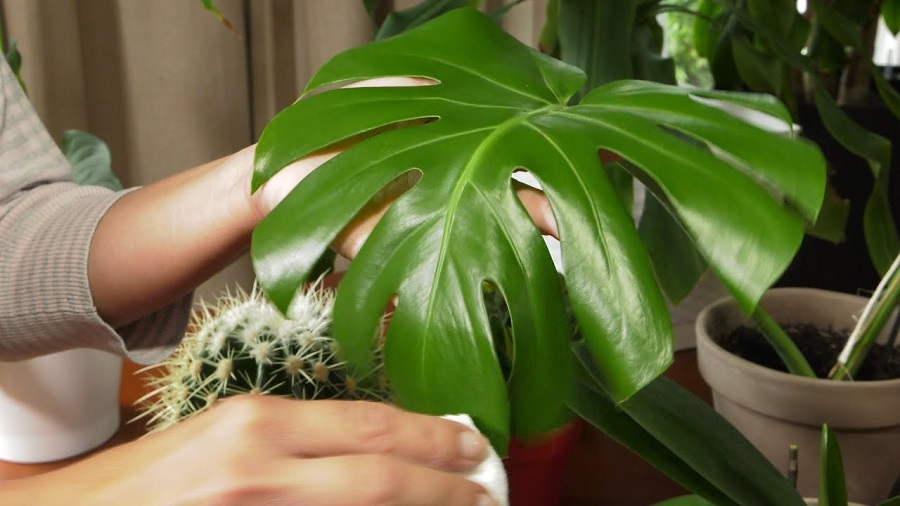
Sago palm
La Cycas revoluta, o simplemente palma de sagú es una planta de interior altamente venenosa. Ingerir sólo un poco de ella provoca diarrea sanguinolenta y vómitos. Además, la mascota puede tener problemas de movilidad, ya que la planta afecta al sistema nervioso. **Comer la planta en grandes cantidades provoca daños en el hígado y, si no se interviene rápidamente, la muerte.
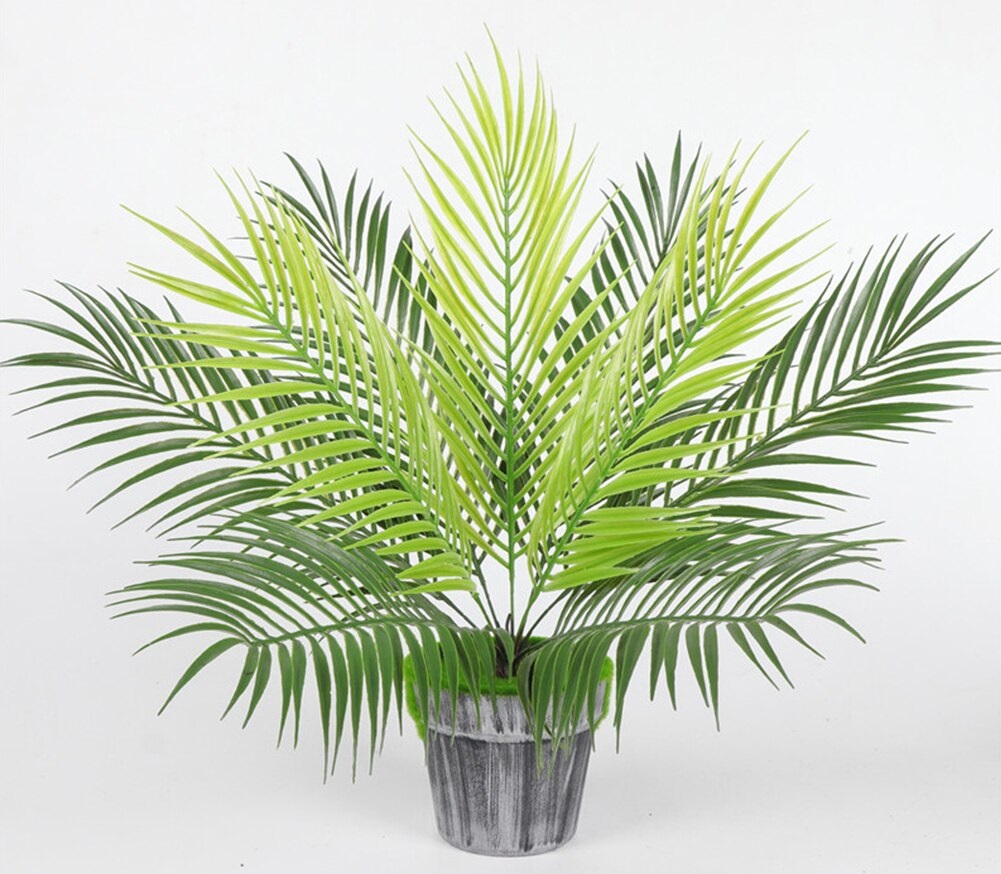
📍 ¿Qué plantas de interior son venenosas?
Las casas y apartamentos están decorados con muchas plantas venenosas. El anturio, el lirio de la paz, la poinsettia y la hiedra en maceta son algunas de ellas. Esto no significa que no debas tenerlas, pero asegúrate de tener cuidado con ellas y proteger a los que viven contigo.
📍 ¿Qué plantas son venenosas para los gatos?
Los gatos son animales muy sensibles, por lo que muchas plantas son tóxicas para ellos. El coquillo y la schefflera son ligeramente peligrosos. El croton, la aglaonema y el anturio son más tóxicos. La azalea, el pan de siembra, el ficus, la clivia, la adelfa y el lirio de la paz son las plantas más venenosas para los gatos.
Artículos destacados




